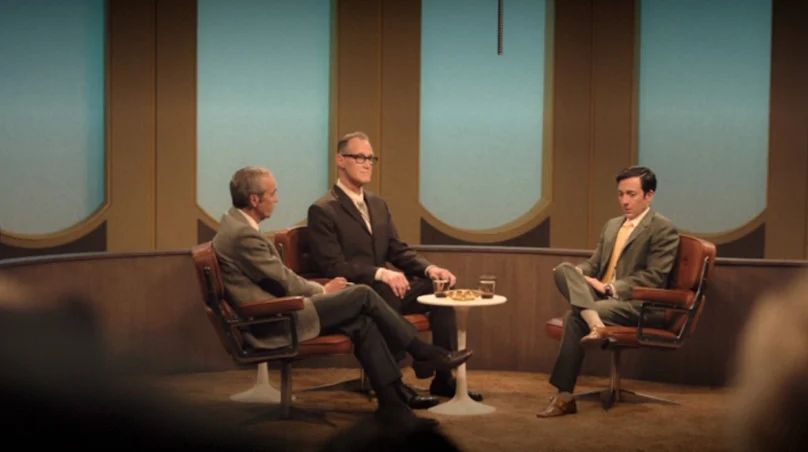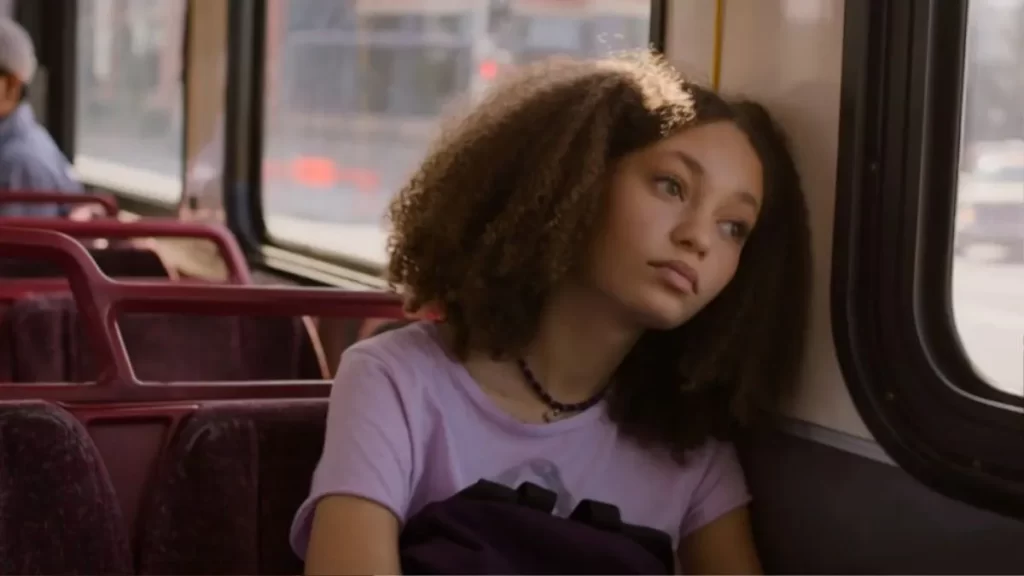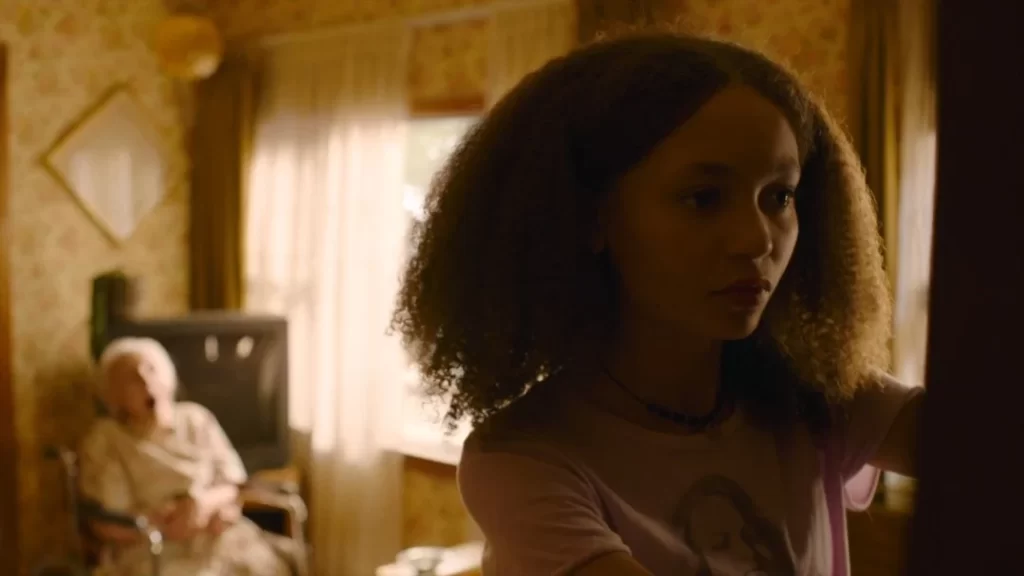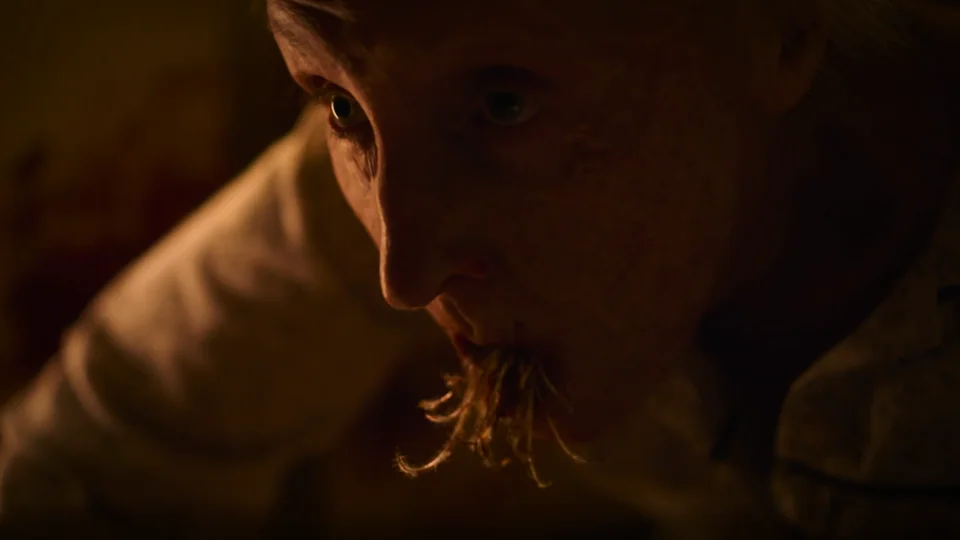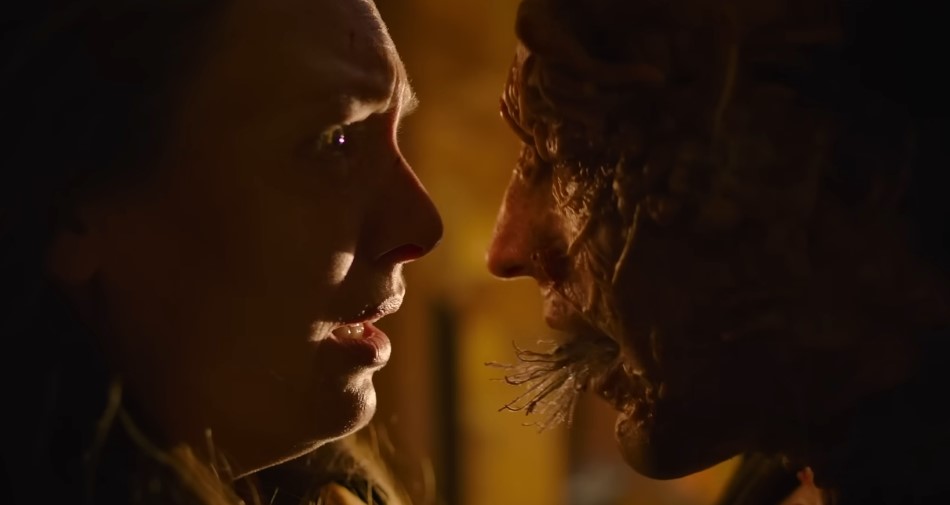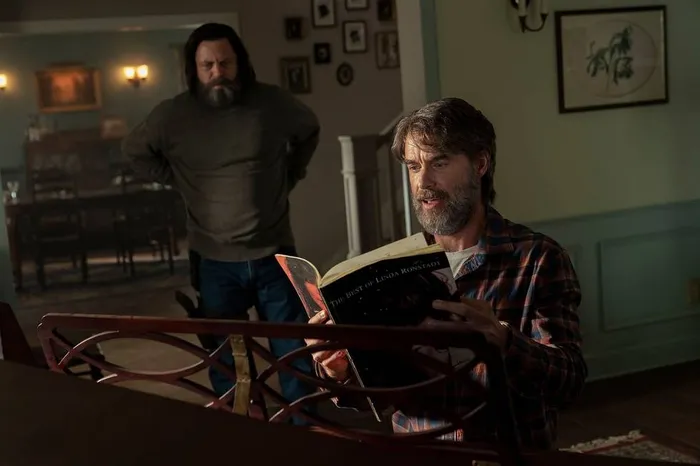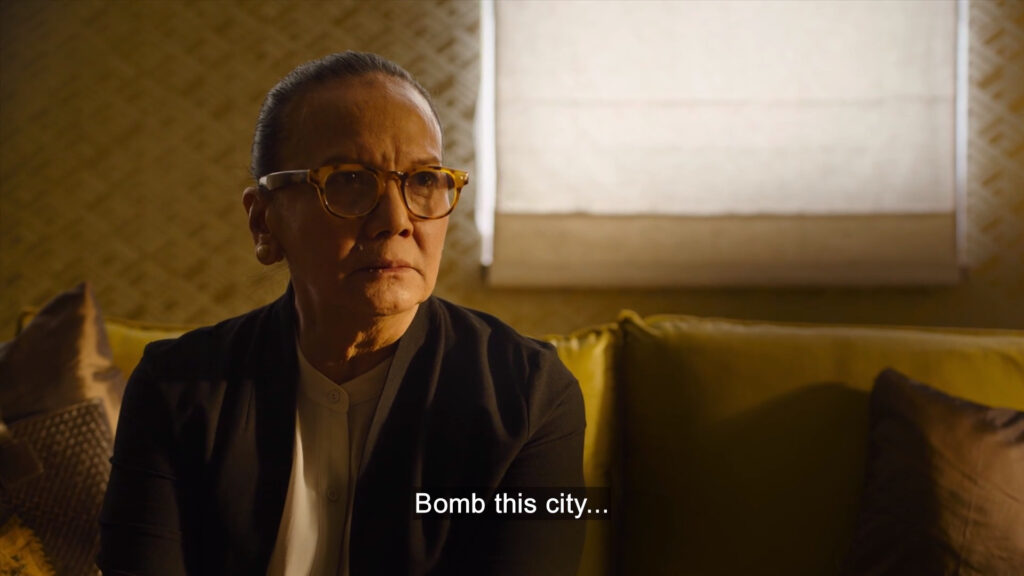Deviations from Game to Show…
Ep. 1-3
Starting at the beginning of the first episode, this 1960s talk show featuring two scientists specializing in viral infections is not featured in the game. This add on perfectly establishes and prepares the audience for what they’re about to encounter later in the first episode with outbreak day, and then the rest of the show. Not only does this break down of a global pandemic establish the nature of the Cordyceps fungus but it’s explained in such a middle-school-biology-class way that it feels way too plausible. With details about global warming, pandemics, and including the idea that the cordyceps virus already exists in ants, this scene sets up the show’s backdrop and makes it all the more terrifying.
Then we jump into the events of episode one. We meet Sarah, Joel, and Tommy, learn about their everyday lives, and the relationship they have with one another. With the talk show in the back of audience’s minds, we get the sense that something is looming over these characters that we start growing to love.
We spend so much more time with Sarah in the show than in the game. We see her wake up, go to school, run to the watch repair shop for Joel’s birthday present, and head over to her neighbor’s house all before Joel catches up with her later that night. We get to see outbreak day in full. The girl in Sarah’s class twitching, the owners of the repair shop sending her home scared, the planes, police, and ambulance all day long, the neighbors. The audience gets attached to Sarah because we are lead to believe that she will be our guide and main character though the show.
The neighbors are much more flushed out in the show. Sarah spends time at the Adler’s and we see their house and their dynamics. We meet Mr. and Mrs. Adler, along with their caretaker. It’s very apparent that Ms. Adler, the old woman, cannot physically move and yet we start to see her twitch behind Sarah. Immediately we know something is wrong. Even the family’s dog knows something is not right and is scared.
These people are close to Sarah and we start to realize something bad is going to happen to them. Knowing them and seeing especially Mrs. Adler in her state, makes this family’s death much scarier. On the flip side of that we also get to see the beauty of the virus. Here is this catatonic woman who can’t move her body anymore, and the virus has reanimated and brought her back to “life.”
Via Mrs. Adler, we see the tendrils for the first time as a way of infection of the Cordyceps virus. Tendrils was one of the biggest changes from game to adaptation. The version of the virus in the game says you could be infected two ways: you’re bitten or you are exposed to spores that come from the infected bodies. The change was made because of logistical problems with the spores in this medium of storytelling. Spores are airborne, and while you can contain spores in one room for years in a video game, you can’t contain spores in one room for years in a show. Otherwise everyone would be infected and we would be watching a sop opera of a bunch of infected’s lives instead of getting the of The Last of Us.
The tendrils came from an original concept idea from the first game. I really enjoyed this changed, it makes the virus’s encroachment upon humanity more physical and hands on. As we see with Tess’s death. The tendrils are penetrative, disgusting, and horrifying, which is the goal.
When it comes to Tess’s death, she dies due to infected, rather than the FEDRA soldiers in the game. This change allows for a demonstration of another aspect of the infected: their sense of connection and community is introduced. They explain to Ellie that the infected are connected. If you step on one and a hundred will come running your way like an alarm system. We see this community at work in the Boston Capital Building.
Joel alerts the hoard and they all come running. As Tess is trying to save Ellie and Joel by blowing up the building full of infected, the hoard starts slowing down to wait for her. Tess already being infected means they can sense her as apart of their family. One focuses in on her and with the last strike of her lighter he “kisses” her and the infection takes over as the building blows. It’s so interesting how this scene is presented. The kiss, however terrifying it is, is filmed in such an intimate and beautiful way, showcasing the new family unit that Tess has been inducted into.
Then we get look at another kind of family unit in episode three, Bill and Frank’s episode titled “Long, Long Time.” This two-person family unit was not explored and in fact only hinted at in the game. Their story ended on a much more bitter note in the game, where Bill pushes Frank away and Frank ends up killing himself to escape infection, alone. In the show we get a deep exploration of these two’s relationship and life together. From their meeting to their poetic end, we see how their relationship is challenged and how they overcome it, together.
Bill’s character is one that shifts greatly from game to adaptation. In the game he is bitter and lonely and wants to be. In the show Bill is willing to protect Frank with everything that he has and everything that he is. This story arch is such a huge deviation from the source material and wow, was it worth it! This episode not only had game-changing queer representation but acted as one of the many parallels to Ellie and Joel as a family unit. This parallel presenting some of the themes of the story: the power of love, what love can drive a person to do, and tribalism; us against them. Bill instructs Joel to keep fighting for those he cares about because Bill has come to learn that it’s worth keeping love around. Now as Joel starts getting reluctantly closer to Ellie, we will start to see the lengths he is willing to go to keep her safe.
Backtracking a little, we see the addition of outbreak day in Jakarta, Indonesia. For the Cordyceps virus being a global pandemic, we don’t see much of the globe in the game. Here in the show, we see where the virus begins and how another county deals with the reality of an incurable virus. The military brings in a scientist who specializes in infections and viruses and she tells them the only way to stop the infection is to bomb the city. We see the consequences of this conversation back in Boston. I liked getting to see how other people were experiencing the outbreak while also getting more information about the virus itself. How it began in the flour mills and how it spread. To see how clueless they were about those first few infected, they all had no idea what was to come.
